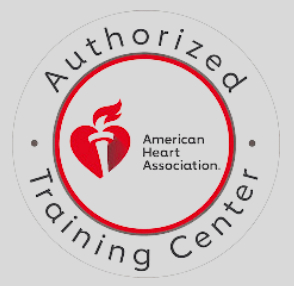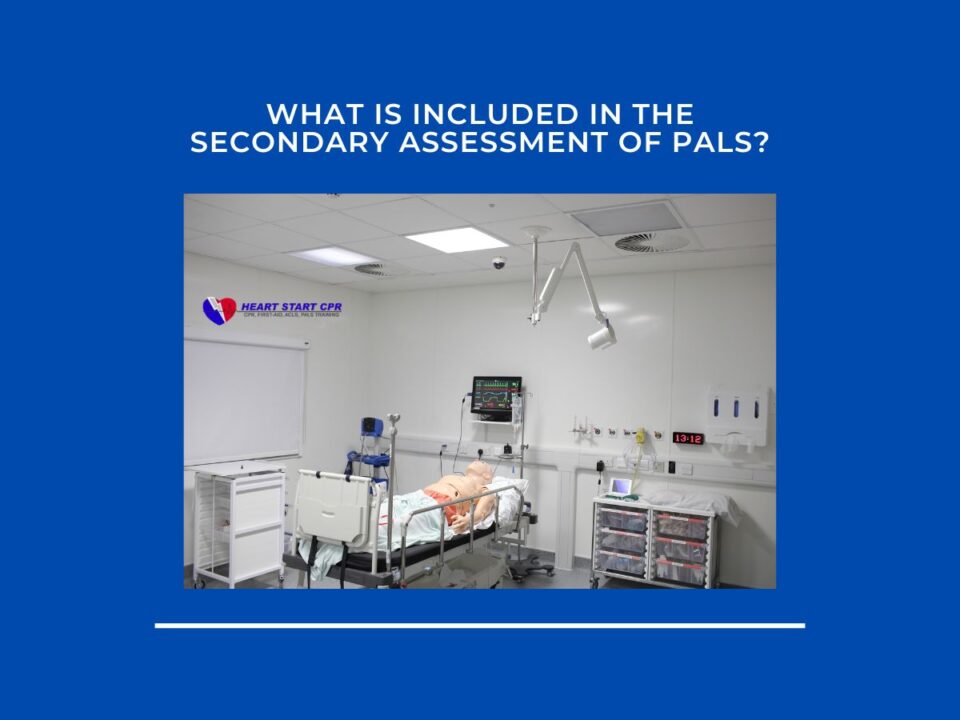
What is the Preferred Method for Pulse Check in an Infant?
June 4, 2024
What is the Proper Procedure for Delivering Rescue Breaths to an 8-year-Old Child?
June 4, 2024During emergency medical care, every second counts. Whether in a hospital setting or out in the field, the effectiveness of cardiopulmonary resuscitation (CPR) can mean the difference between life and death. CPR is getting better with help from chest compression feedback devices. These devices serve as invaluable tools, providing real-time data and guidance to rescuers, ensuring each compression is delivered with optimal precision and force. But what exactly do these devices monitor, and how do they help CPR practices? Let’s explore how chest compression feedback devices play a crucial role in saving lives during CPR.
What are Chest Compression Feedback Devices?
Chest Compression Feedback Devices are advanced tools designed to improve the quality of cardiopulmonary resuscitation (CPR). These devices provide real-time feedback on various aspects of chest compressions, such as compression depth, rate, chest recoil, and hand position. They are used during CPR to help rescuers maintain optimal compression depth, rate, and recoil, which are crucial for effective resuscitation. Chest compression Feedback Devices utilize visual, audio, and sometimes touch signals to guide the rescuer in performing compressions that adhere to established guidelines.
The primary goal of these devices is to improve the chances of survival and recovery for cardiac arrest victims by ensuring that the compressions meet the guidelines recommended by health authorities like the American Heart Association. The effectiveness of chest compression feedback devices lies in their ability to correct common CPR errors on the spot. By using immediate corrective feedback, these devices help maintain a high chest compression fraction, which is crucial for sustaining blood flow to vital organs until professional medical help arrives. Because of their accuracy and easy-to-use functionality, they are becoming increasingly important tools in both training scenarios and actual emergency situations.
What Does a Chest Compression Feedback Device Monitor?
The chest Compression Feedback device is a crucial tool during CPR. It provides real-time assessment and guidance to rescuers. A Chest Compression Feedback device primarily monitors the quality and effectiveness of chest compressions administered during CPR. Here’s a breakdown of what it monitors:
1. Compression Depth
The chest compression feedback device measures the depth of each chest compression to ensure it is adequate for effective circulation. By ensuring that each chest compression adequately compresses the chest wall, the device helps generate sufficient pressure to push blood through the circulatory system, reaching vital organs like the brain and heart. This blood flow is essential for preventing tissue damage and increasing the likelihood of survival. Monitoring compression depth with a feedback device enables rescuers to maintain high-quality CPR by consistently achieving the recommended compression depth, typically at least 2 inches (5 centimeters) for adult patients, to enhance patient outcomes during cardiac arrest.
2. Compression Rate
The compression feedback device also monitors the speed at which chest compressions are delivered. The recommended compression rate is typically between 100 to 120 compressions per minute. Maintaining it is crucial for optimizing blood flow to vital organs, such as the brain and heart. Compression feedback devices can ensure rescuers are on a consistent rhythm, which is crucial for sustaining life during cardiac arrest. This steady flow of oxygenated blood minimizes the risk of tissue damage and preserves organs. Real-time feedback from the device guides rescuers in maintaining the desired pace, contributing to overall CPR quality and enhancing patient outcomes.
3. Chest Recoil
A Chest Compression Feedback device monitors whether the chest fully recoils between compressions. Proper chest recoil allows the heart to refill with blood, enhancing cardiac output and overall circulation. Feedback devices monitor chest recoil, and rescuers are ensured if the compressions are not impeded by incomplete chest release. These monitoring by feedback devices help to maximize the efficiency of CPR efforts and improve the chances of successful resuscitation for individuals experiencing cardiac arrest.
4. Hand Position
A Chest Compression Feedback device monitors the correct hand placement, essential for delivering effective compressions directly over the heart. The device guides the rescuer to position their hands correctly on the chest, typically through visual indicators or voice prompts, to maximize the efficiency of chest compressions. Proper hand placement ensures that pressure is applied directly over the lower half of the sternum, optimizing the effectiveness of each compression and minimizing the risk of injury to the patient.
5. Compression Fraction
A Chest Compression Feedback device calculates the proportion of time spent performing chest compressions during CPR. This metric, known as the compression fraction, is crucial for evaluating the quality of CPR. A high compression fraction, ideally close to 100%, indicates consistent and uninterrupted compression delivery. Achieving high chest compression fraction is associated with better patient outcomes. Chest compression feedback devices monitor this parameter and help to ensure that rescuers are minimizing interruptions and maximizing the time spent delivering effective chest compressions.
6. Compression Force
A Chest Compression Feedback device measures the amount of force applied during each chest compression. This ensures that the compressions are strong enough to generate adequate blood flow to vital organs, such as the brain and heart, without causing injury to the patient. Proper compression force is crucial for maintaining effective circulation, and the feedback device helps rescuers adjust their technique to achieve the optimal force.
7. Compression Rhythm
The feedback device assesses the consistency and regularity of the chest compressions. Maintaining an effective and steady compression pattern is crucial for optimizing blood circulation during CPR. Irregular compressions can lead to inefficient blood flow, reducing the chances of successful resuscitation. The feedback device provides real-time cues to help rescuers maintain a consistent rhythm and improve the overall quality of CPR.
8. Ventilation Rate
The device monitors the rate of breaths delivered during CPR, ensuring that they are within the recommended range of breaths per minute. This helps provide sufficient oxygenation to the patient without causing over-ventilation, which can lead to complications such as gastric inflation. A proper ventilation rate is essential for maintaining the balance between oxygen supply and carbon dioxide removal, enhancing the effectiveness of resuscitation efforts.
Also Read: What is the Correct Volume of Air to Deliver During BVM Ventilations
9. Compression Duration
It tracks the total time spent performing chest compressions during the CPR session. Monitoring compression duration helps evaluate the effort and efficiency of the resuscitation process. Longer durations of continuous compressions are associated with better patient outcomes, as they ensure sustained blood flow to vital organs. The feedback device helps rescuers maintain focus and endurance, ensuring that compressions are delivered for as long as necessary.
10. Pause Duration
The feedback device also measures the length of time between compressions. If interruptions are minimized and pause duration is reduced, it helps maintain continuous chest compressions. Continuous chest impression is essential for better blood circulation and patient outcomes. Prolonged pauses can significantly decrease the effectiveness of CPR, as blood pressure rapidly drops during interruptions. The feedback device alerts rescuers to resume compressions promptly, ensuring that pauses are kept to a minimum and enhancing the overall effectiveness of the resuscitation effort.
What is the Importance of Using Chest Compression Feedback Devices in CPR?
Compression feedback devices have become essential in CPR. In critical moments, they offer hope by standardizing CPR and improving survival chances during cardiac emergencies. These devices are very helpful in CPR for so many reasons:
- Chest Compression devices ensure CPR is performed according to guidelines, which helps to significantly increase survival chances.
- It’s very valuable in training as it provides objective metrics to improve skills and confidence.
- These devices standardize CPR quality across providers and settings for more consistent resuscitation.
- They also provide immediate corrective instructions on compression depth, rate, and recoil.
- They offer enhanced performance tracking by recording detailed data for post-event analysis.
- It also helps rescuers maintain optimal compression quality, reduce fatigue, and increase efficiency.
- These devices also enable rescuers to perform CPR with greater confidence through real-time guidance.
- Improve patient outcomes by ensuring compressions are performed at the correct depth and rate.
Closing Thoughts
In conclusion, chest compression feedback devices are invaluable tools in cardiopulmonary resuscitation (CPR). Whether in training scenarios or actual emergency situations, the use of these devices significantly enhances the efficiency of CPR. As technology continues to advance, these devices will undoubtedly play an even greater role in saving lives and improving outcomes in critical care.
If you wish to learn about CPR or the use of such devices, you can join CPR classes at Heart Start CPR. With expert training instructors and state-of-the-art training facilities, we teach high-quality CPR and the latest advancements in CPR techniques. Join us in the San Francisco Bay Area and become an expert in CPR.






